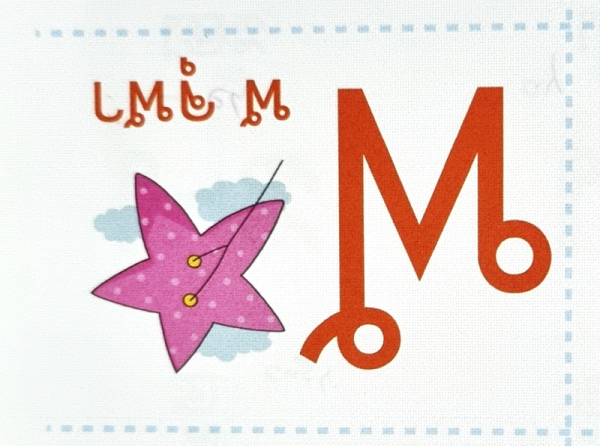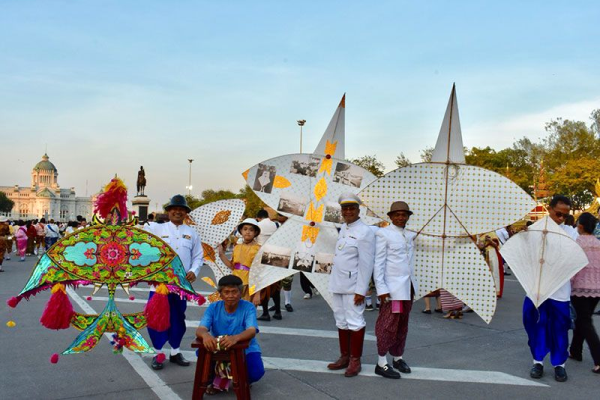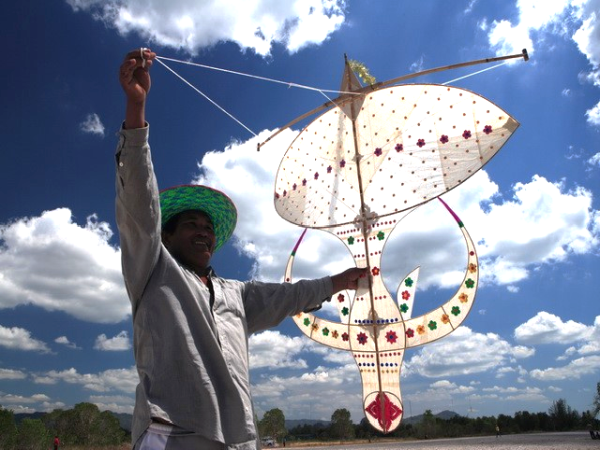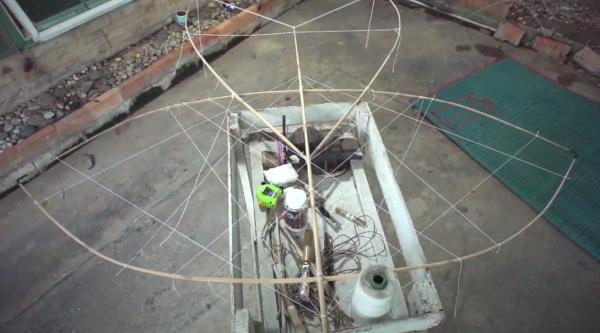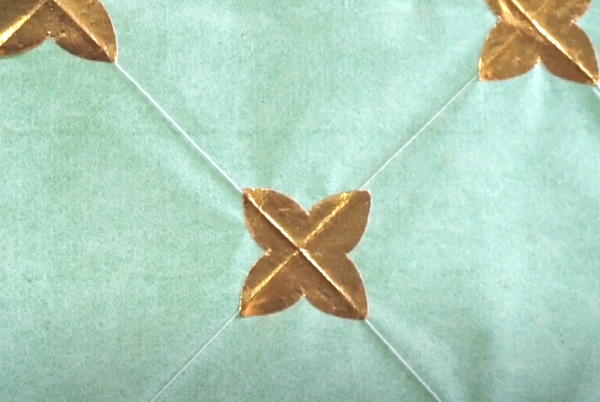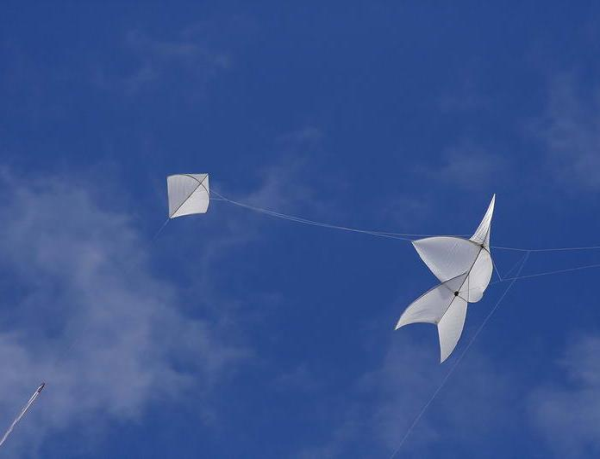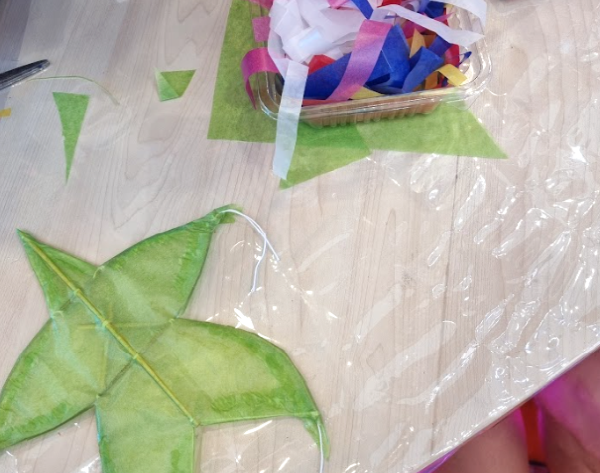Gor-gai (chicken), kor-kai (egg), just like A is for apple and B is for ball. My husband has recently started learning the Thai alphabet and while I was helping him revise one day, I noticed a picture of a kite next to one of the letters – ฬ pronounced ‘lor’ for Chula a type of kite. I realised that I’ve never actually seen this star shaped kite in real life before, but they must’ve been quite common if they are part of the Thai alphabet song right? I pondered.
From the book my husband uses to revise his Thai alphabets.
They were indeed very popular and have a long history spanning back to the Ayutthaya period (1350-176They 7). Not only were kites part of ceremonies at that time, they were also a recreational activity that was enjoyed by everyone from commoners to royals and the king. The name Chula first appeared in records from this period and was even used by a king in his fight against the rebellion. It was said that after a failed attempt by his army, the king devised a plan to tie pots containing gunpowder onto these kites. The kites with long fuses attached were then flown over the rebellion’s city wall and felled, causing explosions that would burn the city and help the king curb the enemy.
Two Chula kites in the centre during a kite festival. (Image source | Naewna)
The Chula kite is a specialty of the Central regions of Thailand and is shaped like a 5-pointed star. Other regions in Thailand are known for their own uniquely shaped kites like the water buffalo kite, Waow Kwai in the Southern region. One might be surprised that they stand taller than most people at 254 cm tall and around 193 cm wide (standard design). The meticulous construction of the Chula kite also allows it to be manoeuvred in all directions, up, down, left and right with just a single string.
Waow Kwai or the water buffalo kite from the Southern region of Thailand. (Image source | Kite Plans)
The frame of the Chula kite is made with 5 pieces of bamboo, requiring great patience and expertise to get each component smooth and ready to use. This starts off with finding suitable bamboo which is around 5-7 years old, this means it will be neither too soft nor stiff. The bamboo is then measured, cut, and dried for at least a year. Selected pieces are carefully peeled with a knife and straightened by using an old technique combining the use of palm sugar and fire. A palm sugar paste is applied to areas that need straightening then placed over fire, helping the bamboo become more pliable and allowing it to be adjusted as needed. A wet cloth wraps around the piece to anneal it, locking in the shape. Finally these pieces are shaped further with a file and polished with sandpaper.
To join them together a cotton ball soaked in latex glue is placed in between the two bamboo pieces to help them stay in place, then the junctions are tied with a thread. This step is repeated with meticulous calculation with more threads being tied from various parts of the frame in a lattice-like structure. A paper sail is then glued onto the face of the kite and smaller pieces of rice paper reinforce the sail at the back, sticking the threads to the sail (I thought they were just for decoration!).
The construction of a Chula kite with bamboo frames and threads. (Image source | Nui Nokkala)
Reinforcing the sail by using smaller pieces of paper to stick the thread and sail together. (Image source | Nui Nokkala)
Not only are these kites for recreation and curbing the rebellion, they have also been part of competitive kite fighting called Chula – Pakpao. The Pakpao is a smaller diamond shaped kite at around 88 cm and 75 cm wide making it more agile. Their only goal is to catch Chula kites with their lasso-like strings causing the Chula kite to lose balance and fall to the ground. The battlefield for this competition is divided into 2 territories with a dividing rope in the middle. The Chula team gets 20 members in the upwind territory while the Pakpao team gets 4 members in the downwind territory. Once the kites are up, the goal for the Chula kite is to steer into the enemy’s territory and bring the Pakpao kite back into its own territory. To help with this, Chula kites are equipped with a bamboo weapon called Champa which can hook onto the ropes of the enemy kites.
Pakpao and Chula kites soaring in the sky. (Image source | Kong Dee Kong Thai)
Although kite flying and the competitive sport of kite fighting isn’t as popular today, the annual Chula – Pakpao King’s Cup still happens each year at the same place, Sanam Luang (the public square in front of the Grand Palace). Kite festivals are also held around Thailand regularly to keep the tradition alive. In Bangkok this happens around March to April as summer winds arrive – I’ll be sure to attend one next summer!
Me decorating a mini Chula kite at a Songkran (Thai New Year) cultural workshop!
Article by Oun V.


